Discover Mongolia& Naadam festival 16 days
- Size:1 to 15 PAX
- Moderate
- Duration:15 nights/16 days
Overview
Since the journey includes a variety of must-see Mongolian experiences, diverse scenery, and highlights of several regions—things that few people visit in a single trip—we are confident you will enjoy this two-week tour as much as the other guests did. Along the Explore Mongolia and Naadam Festival Tour route, you will see the country's national holiday, the Naadam Festival; the vast and diverse Gobi desert landscapes; the historical artifacts and natural beauty of central Mongolia's green valleys; and the pristine rivers, lakes, and national parks of northern Mongolia's forested regions. Near the charming Lake Khuvsgul, regarded as one of the world's freshest lakes, the local Naadam Festival is held. You can interact with the locals and watch national sports up close at the rural Naadam Festival, or you can participate in the activities for a genuine experience. Not to fear, a month-long journey is insufficient to visit and experience all of Mongolia's "must-sees" in a single excursion. This itinerary includes all of the highlights. This tour must include an exploration of the unique nomadic lifestyle. Every day, you will travel across wide-open steppes, past innumerable nomad animals, and into verdant valleys peppered with ger homes. Your nomadic hosts also cook Mongolian barbecue, which you enjoy. Ideal recreational activities including short hikes, climbing extinct volcanoes, horseback riding, camelback riding, and other unusual adventures are all included in this experientially designed program.
Date:
29 June to 14 July 2026
7July to 22 July 2026
Includes:
- 2 nights in 3* hotel
- 13 nights in ger camps
- Van Transfer
- Horse & camel riding
- English Speaking guide
- Entry fees to national parks and the museums
- Daily drinking water (1.5 liter per person per day)
Excludes:
- Items of personal nature
- International travel
- Alcoholic drinks, snacks, bar bills and laundry
- Travel insurance
- Single supplement
- Gratuities for guides and drivers
Tour price:
- 2 PAX 3470$
- 3 PAX 2885$
- 4 PAX 2621$
- Group Tour 2375$ (Single supplement 705$)
Detailed Itinerary
Day 1: Ulaanbaatar & Genghis Khan Statue
Day 1: Ulaanbaatar & Genghis Khan Statue
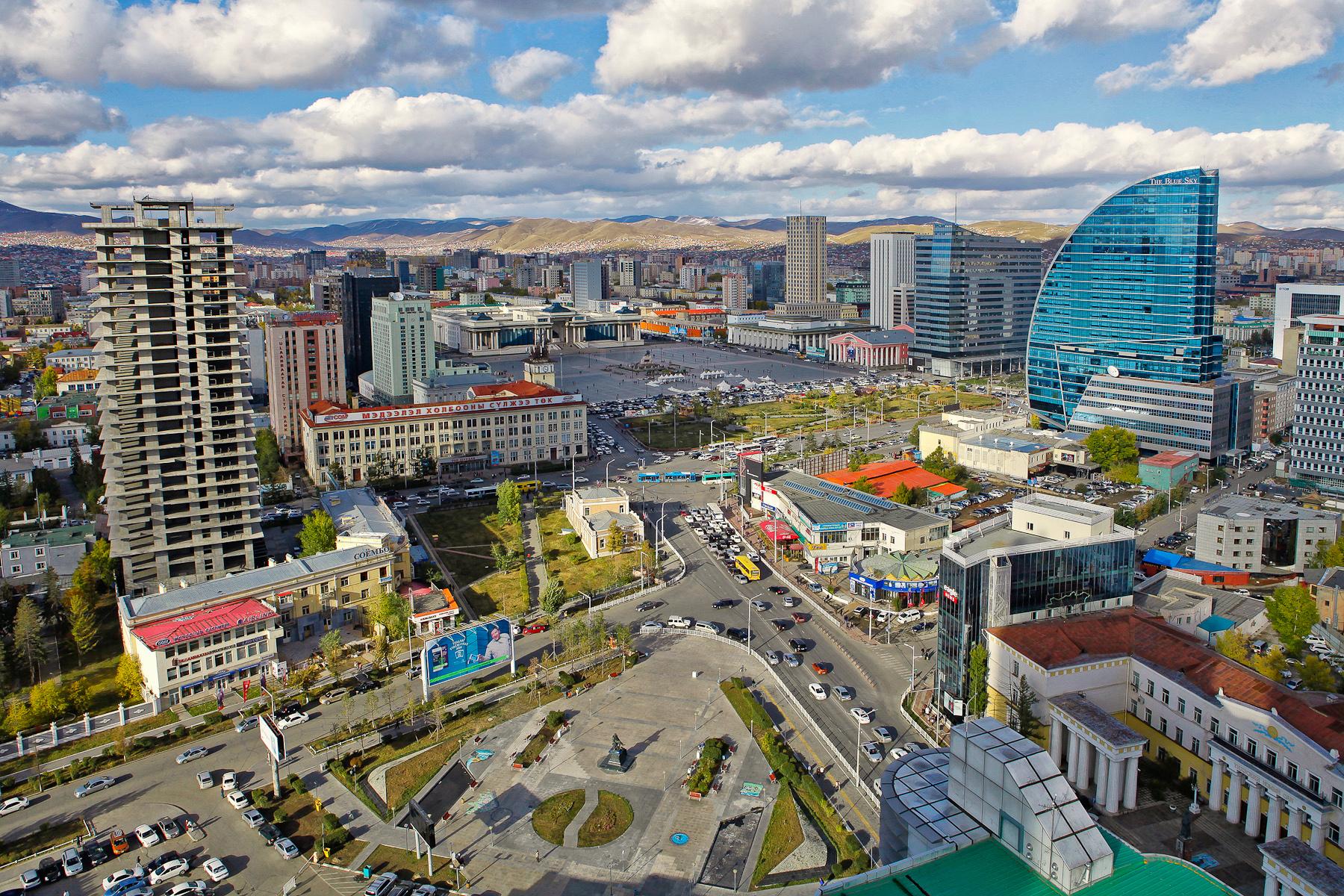
After meeting you at your lodging, your driver and guide will begin your Ulaanbaatar city sightseeing trip. After visiting Central Square, you will proceed to the spiritual and cultural center and energy hub, Gandantegchilen Monastery. Another noteworthy feature is a 26-meter-tall gilded statue of a Buddha (in Megjid Janrasag sum). Next, take in Ulaanbaatar's expansive vista from Zaisan Hill. Visit the enormous statue of Genghis Khan, which was erected in a historic location, after lunch. This 40-meter-tall statue is regarded as the world's highest equestrian statue. See the big traditional shoe, a whip, and the Khan Khentii Mountains, the birthplace of Genghis Khan.
Day 2: Tsagaan Suvarga
Day 2: Tsagaan Suvarga
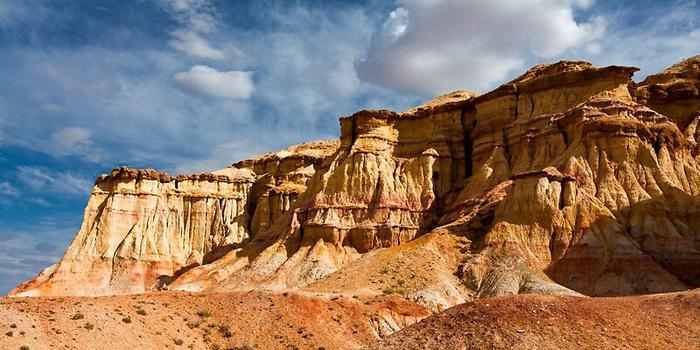
"White Stupa" is the meaning of Tsagaan Suvarga. It is among the Gobi's most well-known attractions. The bizarre natural phenomenon known as Tsagaan Suvarga is made up of enormous, colorful mud cliffs that resemble stupas, which are mound-like buildings that are home to relics. There is an opportunity to snap breathtaking pictures while hiking through the cliffs. Ger camp lodging; breakfast, lunch, and dinner
Day 3: Drive to Gobi Gurban Saikhan Mountain National Park, visit Eagle Valley
Day 3: Drive to Gobi Gurban Saikhan Mountain National Park, visit Eagle Valley
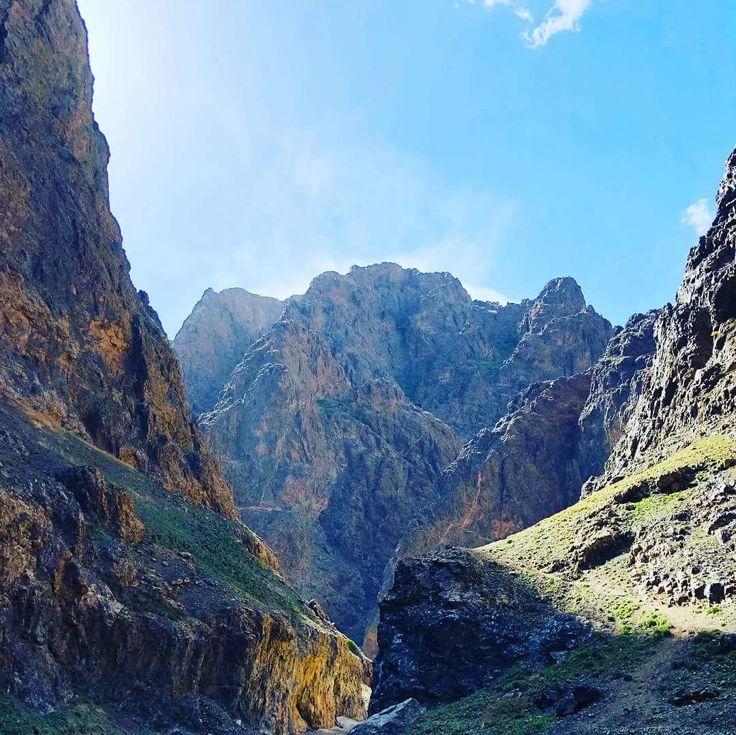
"Three magnificent mountains in the Gobi" is what the Gobi Gurban Saikhan signifies. Rich in biodiversity and picturesque locations, the Gobi Gurban Saikhan Mountain is a stunning national park. Yoliin Am/Eagle Valley is one of those that can be reached by driving. We will stroll through the picturesque valley and into the depths of the vertical rock canyon, which is shaded from the sun, after parking our cars in a designated spot. It has ice until the end of June as a result. The two-way hike lasts between two and three hours. The valley is home to ibexes, bearded eagles, and timid wild sheep.
Day 4: Sand Dunes at Khongor and riding a two-humped camel
Day 4: Sand Dunes at Khongor and riding a two-humped camel
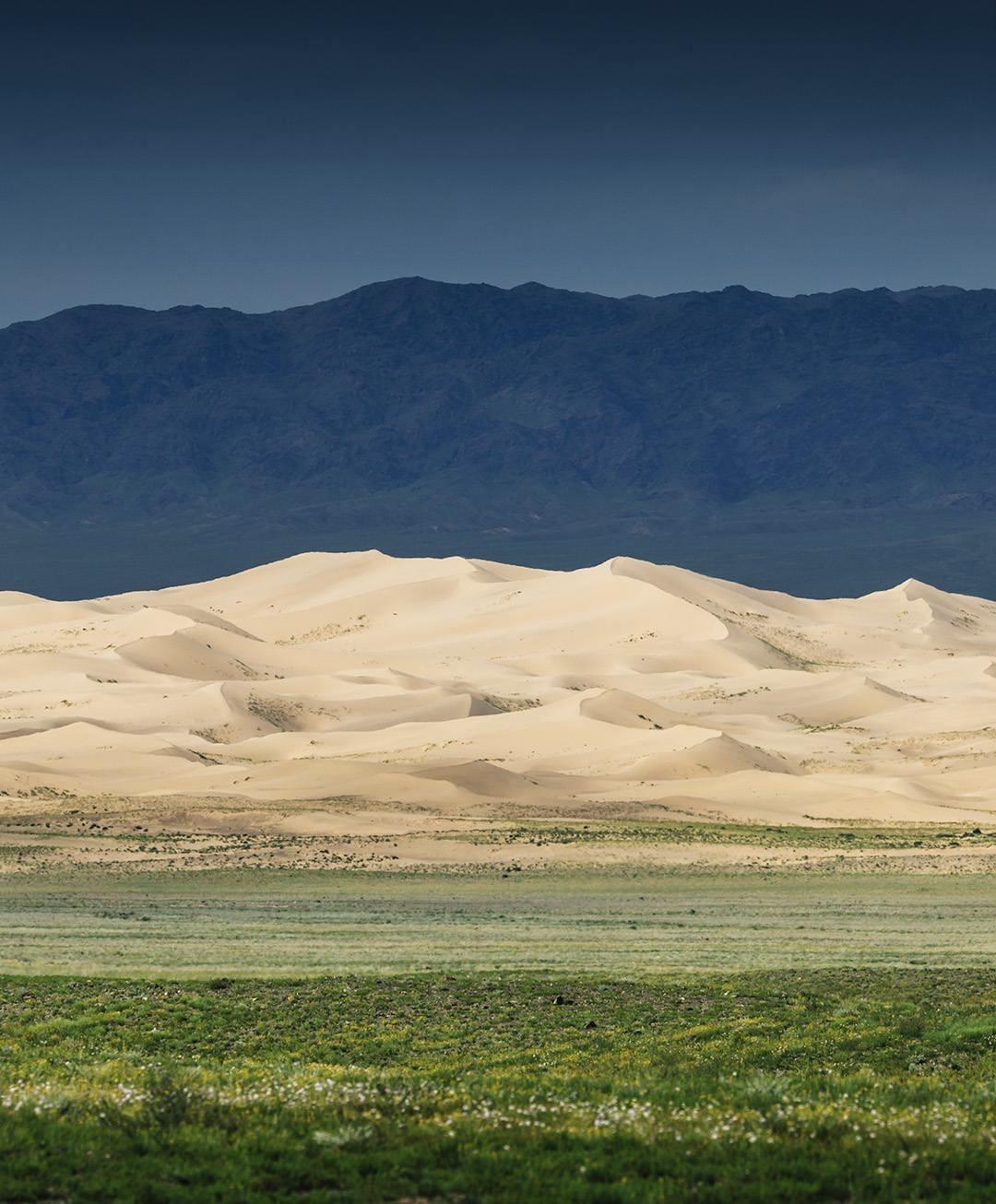
We will proceed to the tallest sand dunes, Khongor. Once you arrive at the dunes, you will trek along the verdant riverbank, ascend a dun, go to see a nomadic family, and ride two-humped camels. Discover why the locals refer to the sand dunes as "Singing Sand" by spreading the sand northwards against the wind if you are able to scale one of the tallest sand dunes. From the summit of the sand dunes, the views are breathtaking.
Day 5: Flaming Cliff
Day 5: Flaming Cliff
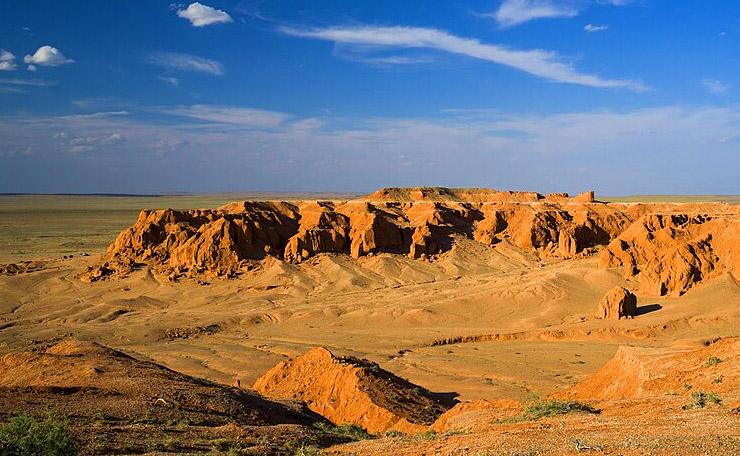
We will continue our journey to the Flaming Cliffs, where American explorer Roy Chapman Andrews discovered the first dinosaur eggs ever found as well as the dinosaur graveyard. As you hike along the cliffs, you may come across dinosaur fossils and the "Bayanzag" grove of Gobi trees. "Rich in saxaul trees" is what Bayanzag implies. Only the Gobi Desert in Central Asia is home to this tree.
Day 6: Travel across the vast steppes to Ongi Monastery.
Day 6: Travel across the vast steppes to Ongi Monastery.
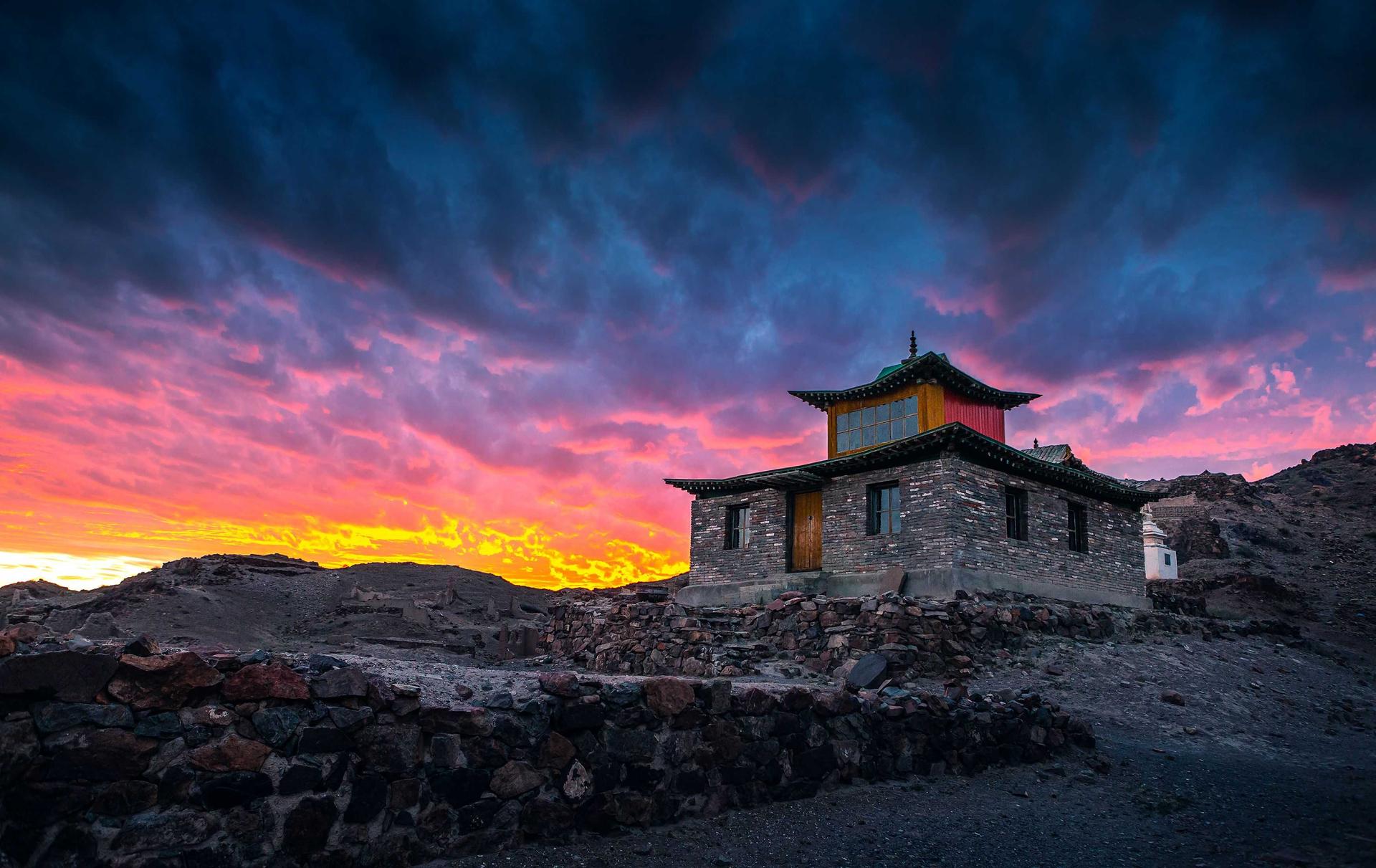
Travel to Ongi Monastery by first driving via slate mountains and then on the 80-kilometer Ongi steppes. One of Mongolia's seven largest monasteries was Ongi Monastery. On the banks of the Ongi River, encircled by the mountains of the Gobi Desert, were two distinct monasteries with over thirty temples. During the 1930s socialist crackdown, the temples were demolished. The monastery' ruins now cover a large region. See the remnants of a monastery, climb a nearby mountain for a bird's-eye perspective, then see a new, active temple and a ger museum.
Day 7: Ancient Monastery Erdenezuu, Kharkhorin
Day 7: Ancient Monastery Erdenezuu, Kharkhorin

The area where your excursion today takes place is where the Gobi desert meets the mountain steppes. In the thirteenth century, Genghis Khaan's Great Mongol Empire had Kharkhorin, formerly known as Kharakhorum, as its capital. Karakorum was abandoned and later destroyed by Min forces in 1388 following the fall of the Empire and the relocation of the Mongolian capital to Beijing. Today, Kharkhorin town and the magnificent old monastery Erdenezuu coexist in the broad Orkhon River valley. Visit the Kharakhorum Museum to see relics from the ancient city, see its magnificent architecture, and see some priceless religious artifacts in the monastery museum.
Day 8: Visit a nomadic family and enjoy Mongolian barbecue in Arkhangai province
Day 8: Visit a nomadic family and enjoy Mongolian barbecue in Arkhangai province
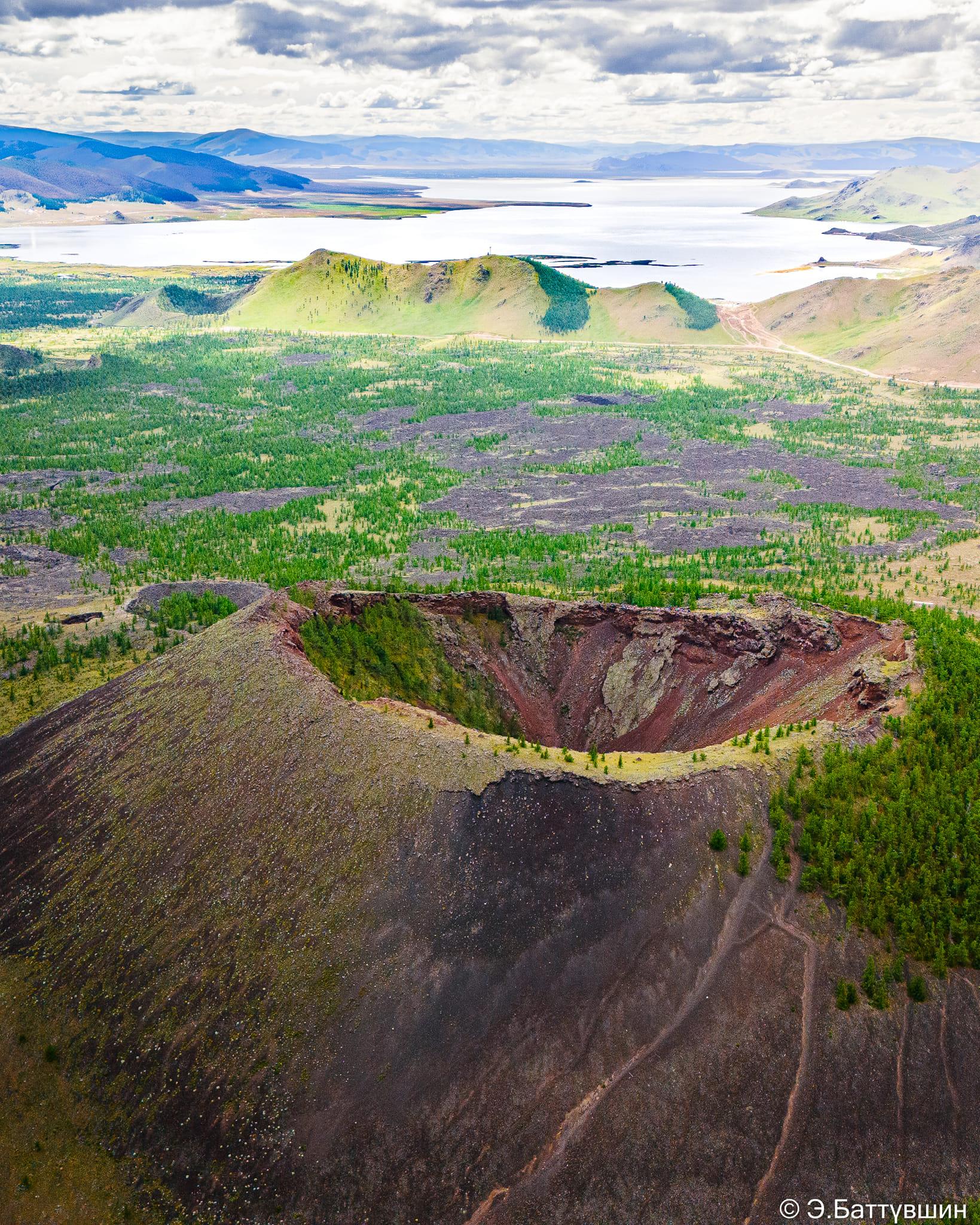
We start the day with a drive and a quick tour of the Arkhangai province's Tsetserleg town, which includes its marketplace. Proceed to visit a nomadic family that herd yaks and enjoy a traditional Mongolian lunch of BBQ. Learn more about the northern Mongolian nomads' traditional way of life. After that, make a halt at the Chuluut River canyon while driving through Arkhangai's scenic surroundings. In the late afternoon, you will reach Khorgo Terkhiin Tsagaan National Park.
Day 9: Horseback Riding and Khorgo Terhiin Tsagaan National Park
Day 9: Horseback Riding and Khorgo Terhiin Tsagaan National Park
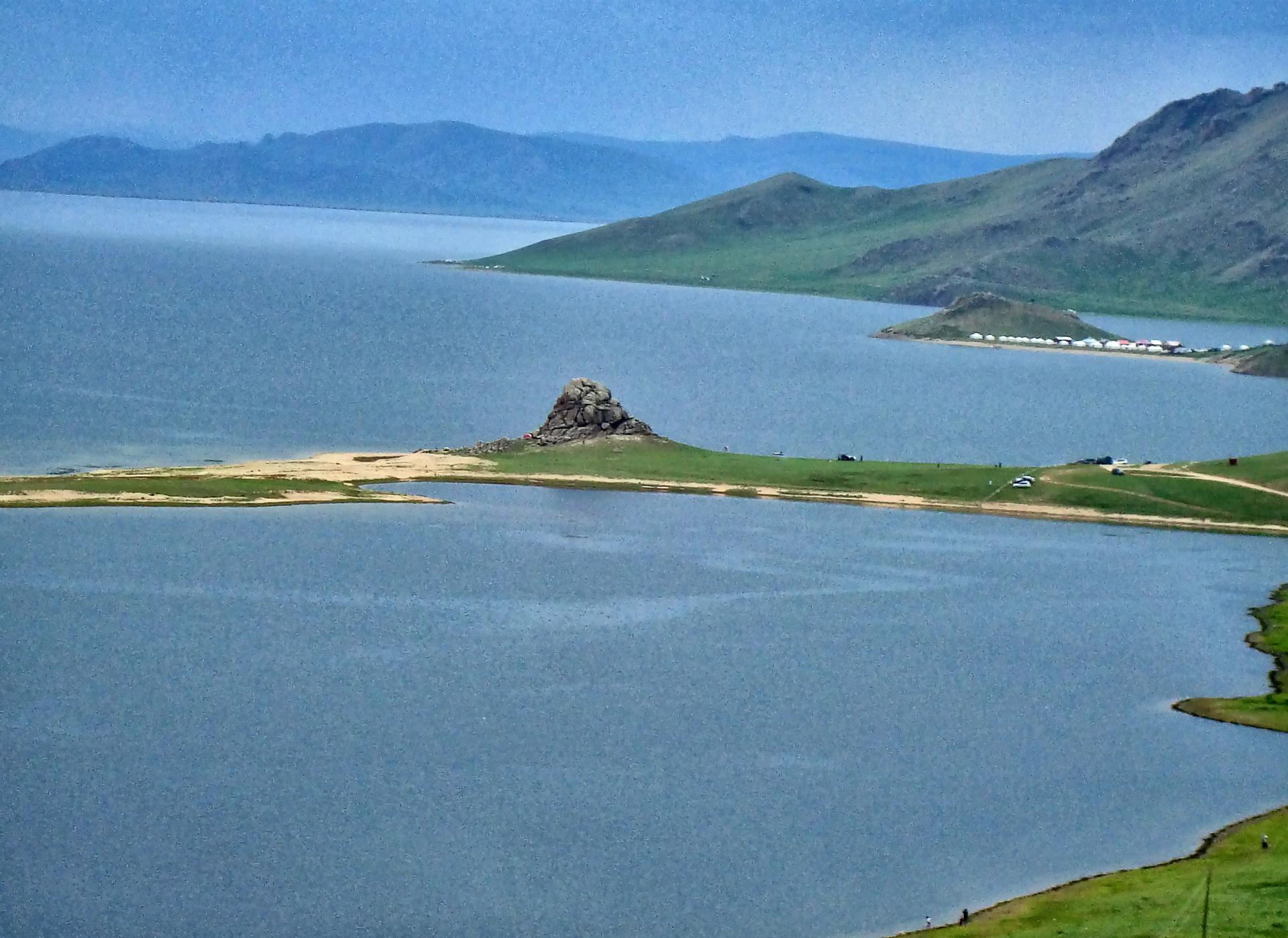
The purpose of the Khorgo Terkhiin Tsagaan National Park is to preserve the breathtaking alpine landscape and endangered plant and animal species. Khorgo is the easiest to reach of the National Park's several extinct volcanoes. The freshwater lake Terkhiin Tsagaan was created after the north and south Terkh Rivers were blocked by lava flow from the volcanoes. The national park is beautiful and abundant in vegetation, with the exception of the lake and volcano. Many nomads reside there with their animals, mostly yaks, in this well-known pastureland. You will use steps and pathways to ascend the volcano today. After climbing to the summit, you can stroll around the volcano's rim and take in breath-taking views of the surroundings. A tiny settlement and a panoramic view of Terhkiin Tsagaan Lake can be seen from the summit. You will tour the caves, go horseback riding, and visit the freshwater Lake Terkhiin Tsagaan in the afternoon.
Day 10; Stay at Shine-Ider
Day 10; Stay at Shine-Ider
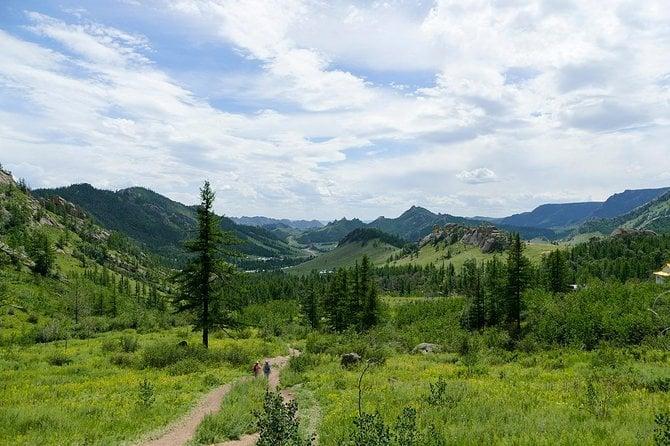
Initially, you will travel alongside Terkhiin Tsagaan Lake, a charming animal pastureland and a nomads' summer home. All in all, you will travel through beautiful scenery today before arriving at a ger camp. Free afternoon to explore the neighborhood, go hiking, or just unwind.
Day 11: See Khuvsgul Lake and deer stones.
Day 11: See Khuvsgul Lake and deer stones.
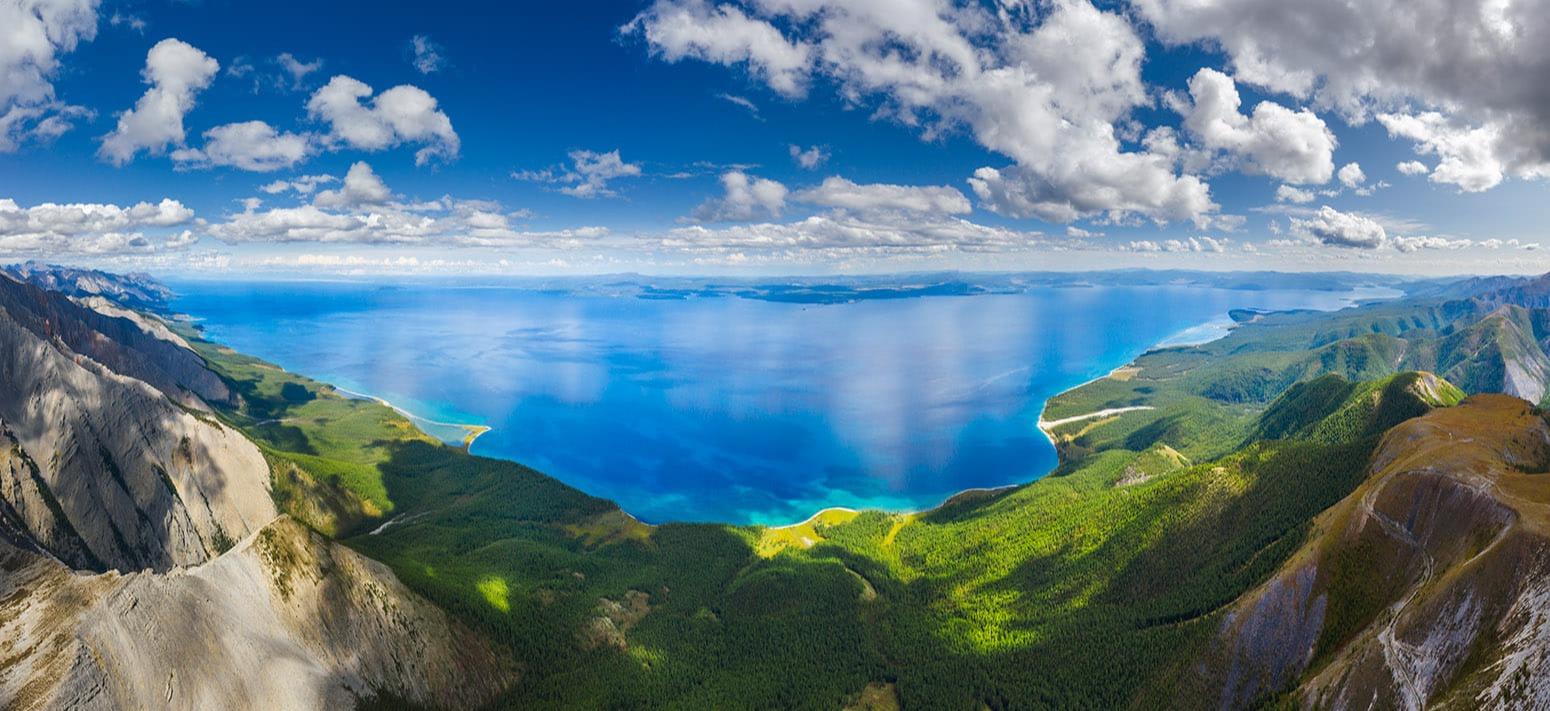
The trip continues to Lake Khuvsgul, a stunning freshwater body of water. This 136-kilometer-long and 38-kilometer-wide lake is situated amidst magnificent sheer granite mountains at 1600 meters above sea level in the center of the Siberian taiga forest. There is much for visitors to appreciate in the immaculate lake and its environs. You will examine old deer stones on the route to the lake. The earliest human monuments are deer stones, which are found all across Central Asia. The earliest ones date from the 13th to the 9th century BC, but the majority are from the Bronze Age. Standing stones that have been restored feature wonderfully carved images of the sun, moon, belts, knives, and leaping deer. On the lake's western coast, you may easily find a ger camp to stay at.
Day 12: Visit reindeer and take part in the local Naadam Festival.
Day 12: Visit reindeer and take part in the local Naadam Festival.
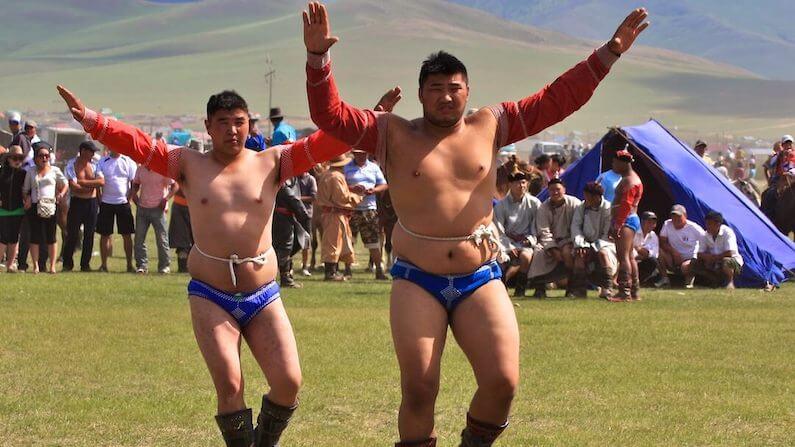
The local Naadam Festival's opening ceremony begins between 10 and 11 a.m. You will make a short drive today to attend the Naadam, which is being hosted near the little settlement of Hatgal on Khuvsgul Lake's western bank. In addition to witnessing the opening ceremony, take in the festival's primary attractions, including horse racing, wrestling, and archery. Mongolians dress traditionally and ride their best horses to celebrate. You can even put yourself to the test by playing games like archery, wrestling, and others. You can also sample Huushuur, the main Naadam food, and observe the Naadam trade. On the way back to the Ger camp, you will stop by reindeer people. In the heart of the taiga forest, the Tsaatan people herd reindeer. The main source of their income is a small number of reindeer. To augment their income, some families of reindeer relocate from the Taiga highlands near the lake throughout the summer.
Day 13: Uran Togoo extinct volcano
Day 13: Uran Togoo extinct volcano
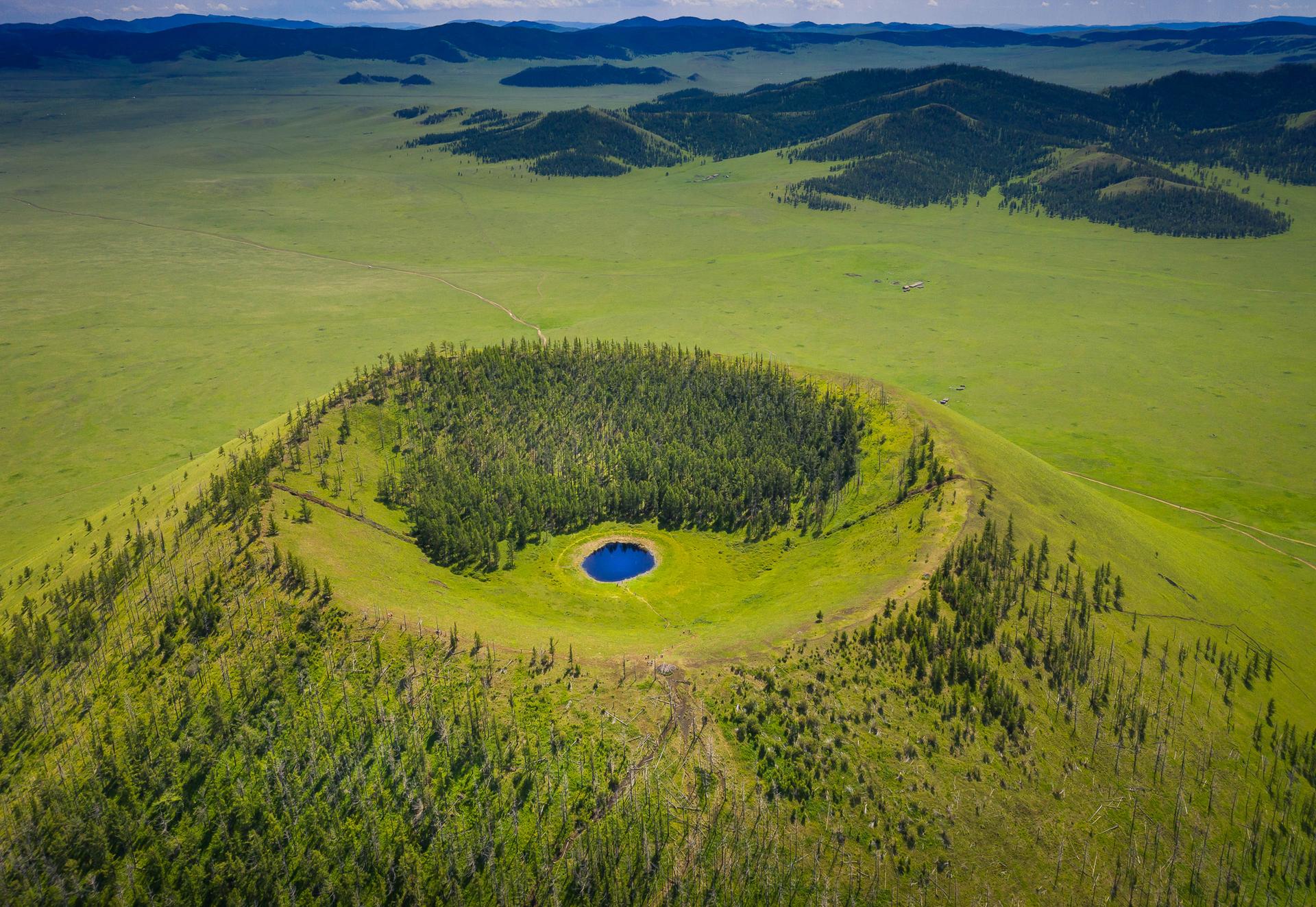
Proceed with the excursion to the 800,000-year-old Urantogoo volcano. There is a tiny lake on the tree-covered inner and outer northern slopes of the volcano. After a strenuous trek, you can reach the summit of the volcano, and once you are there, the view is breathtaking.
Day 14: Amarbayasgalant Monastery
Day 14: Amarbayasgalant Monastery
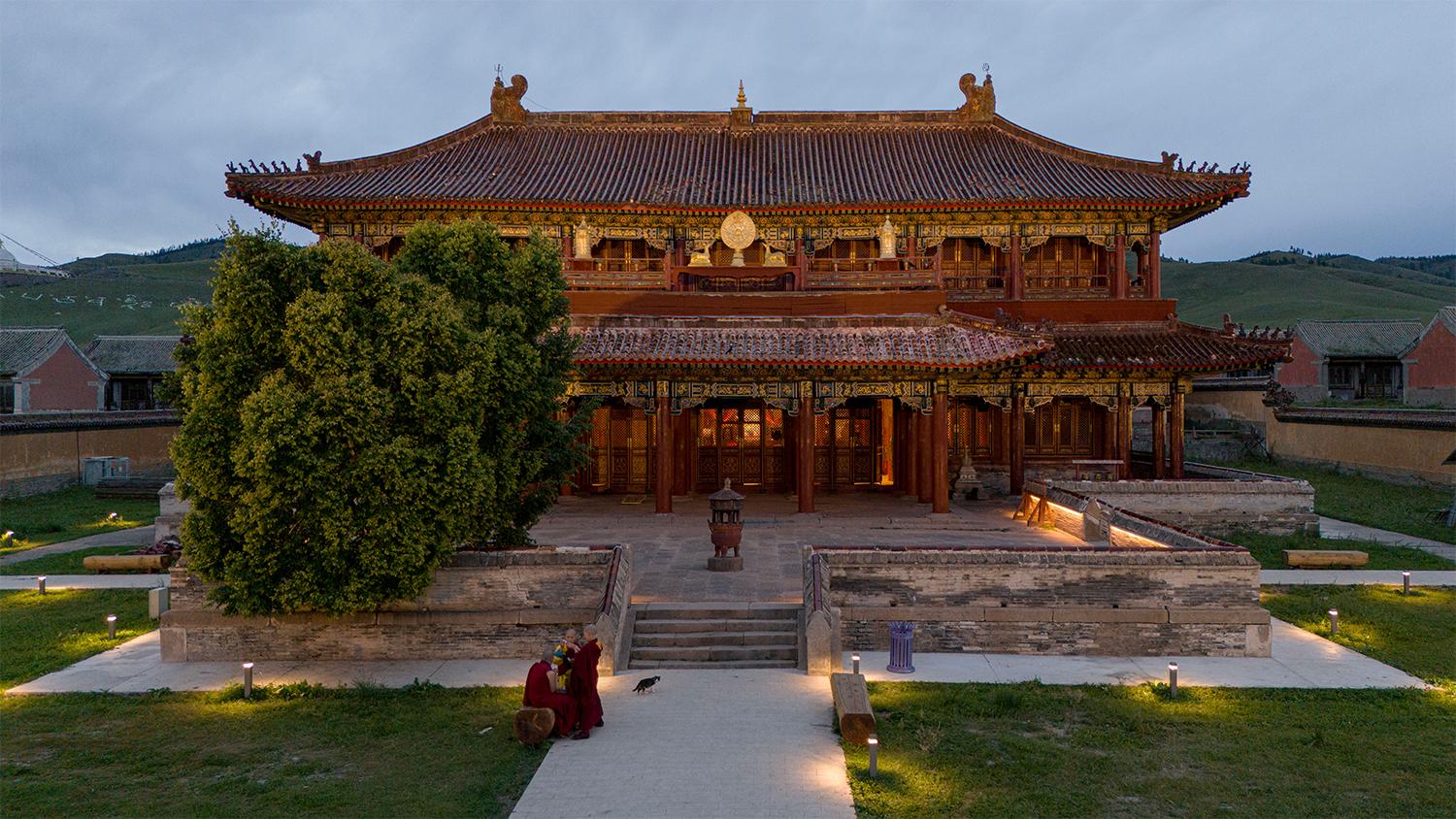
We will travel through the major town of Bulgan province and the Erdenet copper mine city on our way to Amarbayasgalant monastery. The second-largest and most beautiful monastery in Mongolia is called Amarbaysgalant. Between 1727 and 1736, it was constructed in Mongolian and Chinese styles. See the tall Buddha sculptures on the mountaintop as you visit the monastery in the afternoon.
Day 15: Return to Ulaanbaatar
Day 15: Return to Ulaanbaatar

Your time in Mongolia's stunning countryside is coming to an end today. You check into a hotel in the heart of Ulaanbaatar after arriving late in the afternoon. Shopping and other alternative activities are free throughout the afternoon.
Day 16: Transfer to the airport
Day 16: Transfer to the airport
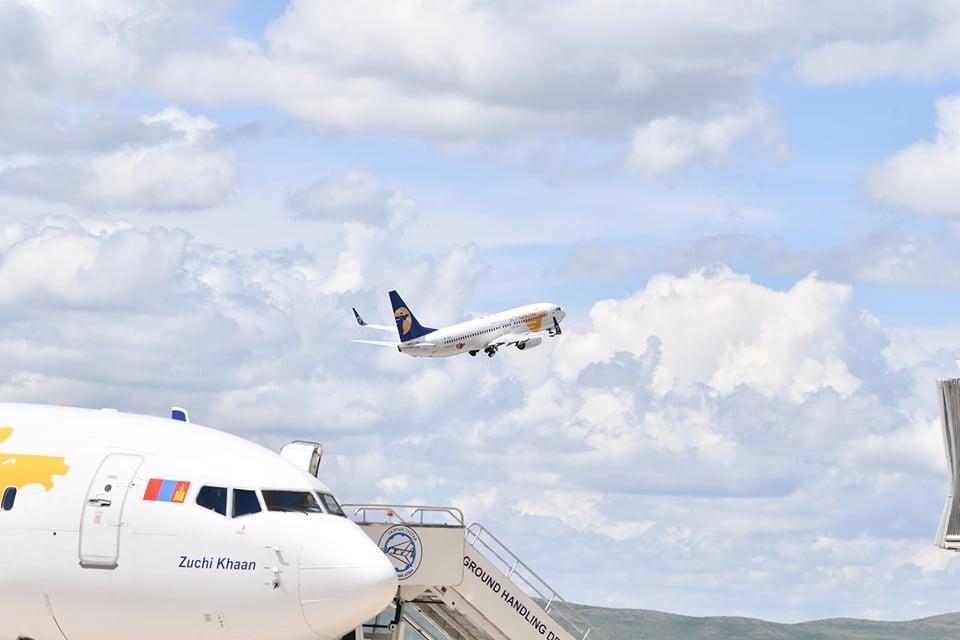
We will transfer you to the airport
Backgrounds
Are you a good fit for the Explore Mongolia and Naadam Festival Tour?
You will stay in a hotel in Ulaanbaatar and ger camps in the countryside during the tour. There are not any physically taxing activities on the tour. Long drives over shifting terrain are a must while visiting Mongolia, which offers breathtaking vistas of the boundless steppes. The driving time on this tour has been kept to a minimum; daily driving periods range roughly from 4.5 to 6 hours. Day 2 is the longest driving day, lasting roughly 7-8 hours, including a lunch break. With the assistance of your guide and local guides, the schedule includes a few easy activities including one to three hours of mild trekking, one to three hours of horseback riding, and an hour of camel riding. Climbing the high sand dunes in the Gobi desert may be the most difficult experience; however, it is not required, and visitors may choose to ascend one of the lower sand hills instead. Because the base of the Khorgo volcano is 2000 meters above sea level, ascending it on Day 9 could be a little taxing for some individuals, but it is quick and easy.Meals As stated in the schedule, tour meals are included.
Meal
As stated in the program, meals during the tour are covered. Ger camps in the countryside serve mostly Mongolian food with occasional European dishes. The primary component of meals, meat is served with salads, soups, and vegetables for lunch and dinner. Traditional Mongolian dishes will have more beef. Tea or coffee, bread, jam, butter, eggs, and sausage are the usual breakfast items. At some ger camps, breakfast consists of cereals, pancakes, cheese, cookies, and more. Salads, Mongolian soups, the main course (rice, pasta, vegetables, beef, mutton, chicken, or fish from lakes or rivers), dessert, and tea are served for lunch. Dinner at Ger camps consists of tea, the main entrée, a dessert, and salads. You will sample real Mongolian food with nomads. It is not traditional in Mongolian culture to serve different kinds of food at the same time. Please let us know in advance if you are vegetarian or have any other dietary requirements, and we will adjust our plans accordingly. Two 0.5L bottles of water will be provided each day. On request, one large bottle (1.5 liters) of water can be provided in place of two little ones.
Accommodation
13 nights in ger camps in the countryside and 2 nights in a conveniently placed traveler style 3* hotel are included in the itinerary. For an extra fee, you can ask to upgrade the hotels and gers.
Book this tour
You may also like
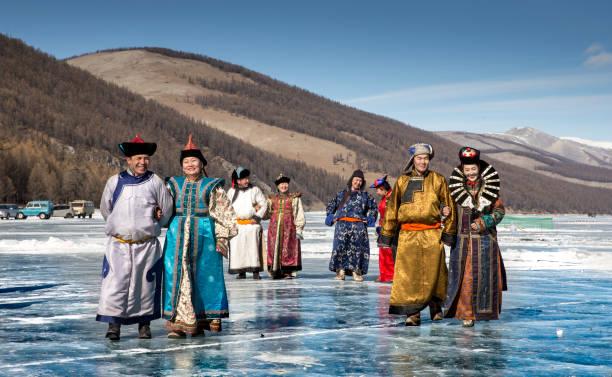
- 1 to 15 PAX
- 9 nights/10days
- Moderate
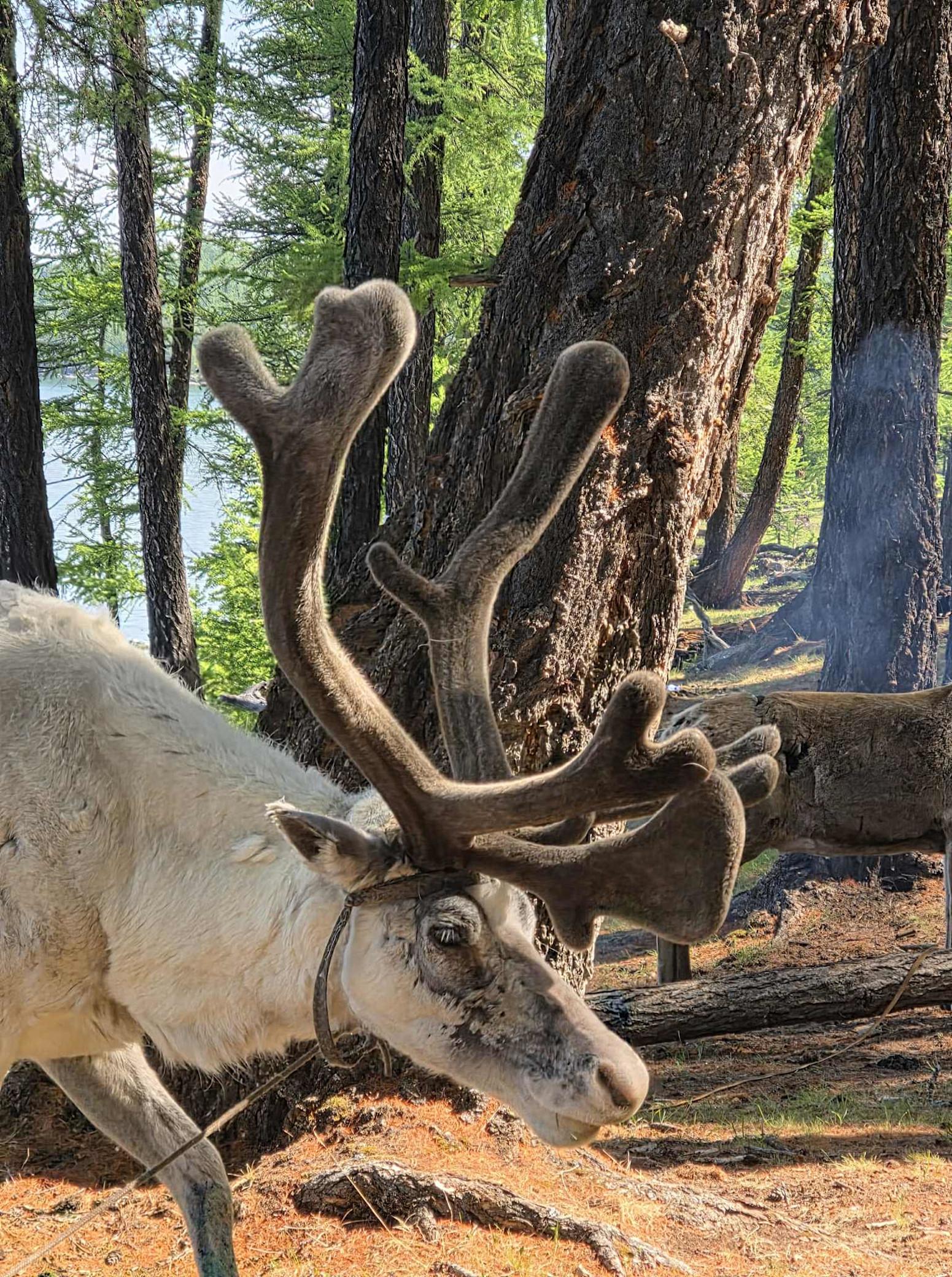
- 1 to 15 PAX
- 9 days/8 nights
- Moderate
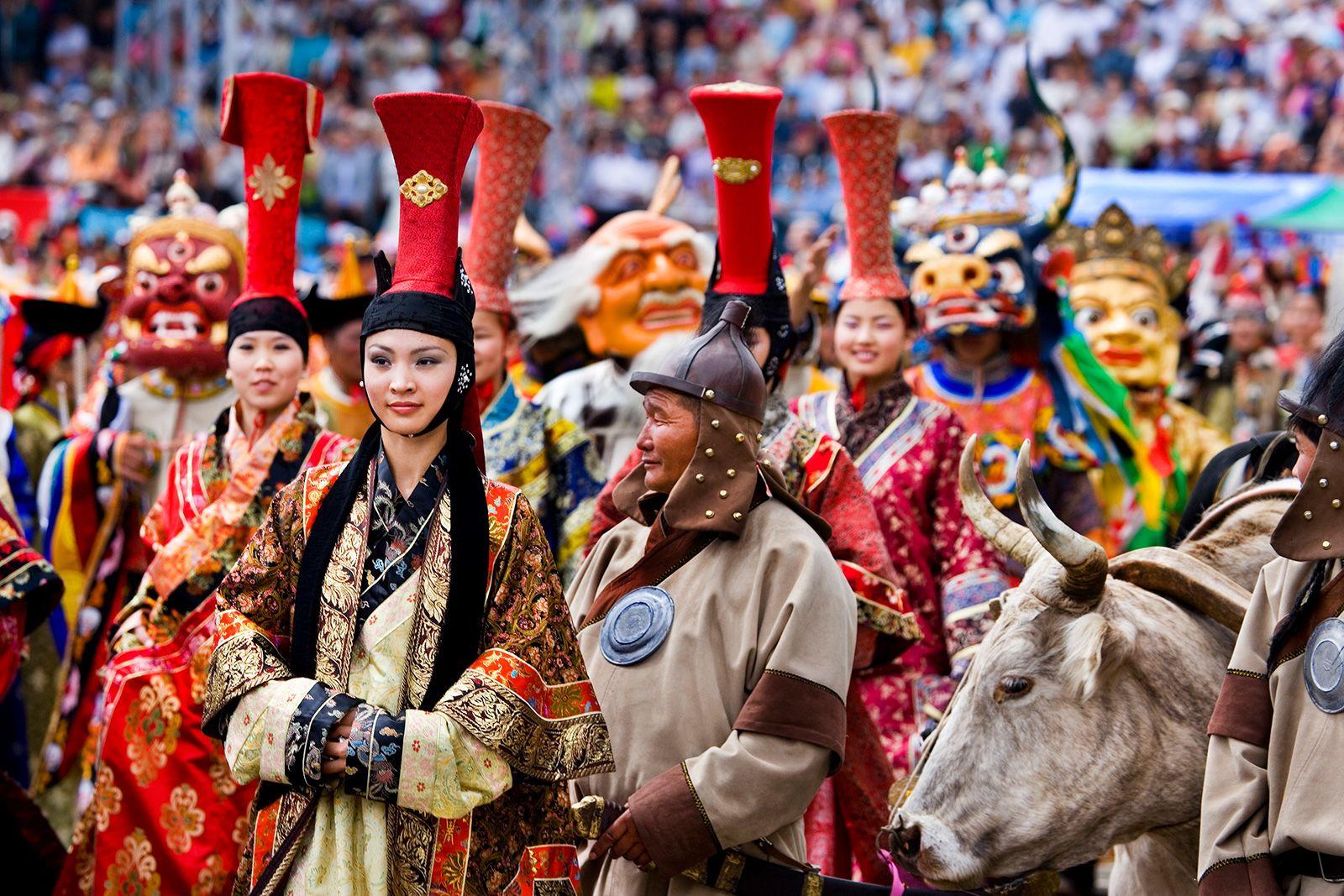
- 1 to 15 PAX
- 15 nights/16 days
- Moderate
Our Customers' Experience
We cherish the wonderful memories of our customers, as each story inspires us to improve and create even better experiences for everyone.
